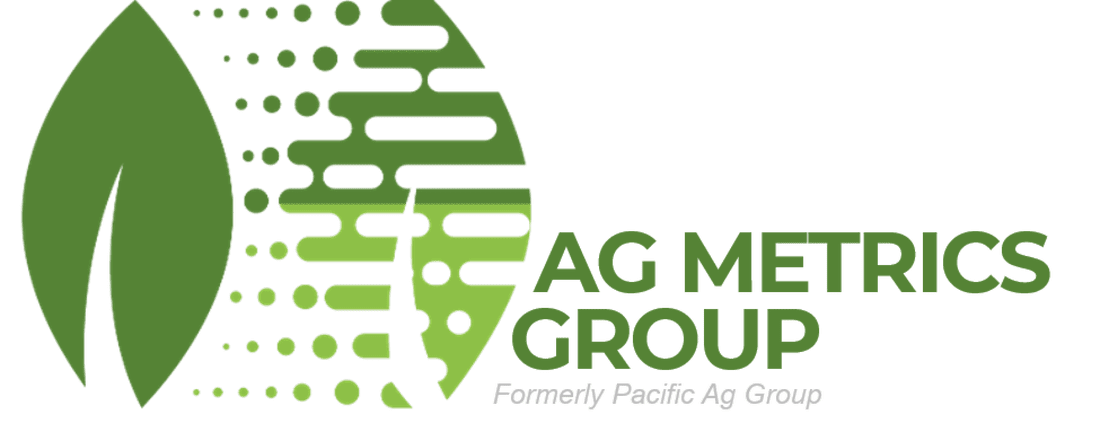|
F.V. Sances (1), B. Aglave (1), K. Williams (1), C. Boone(1), B. Booker (2), W. Schonborn (3), & E. Rosskopf (3) (1) Florida Ag Research, (2) Ag Metrics Group, (3) US Department of Agriculture (Collaboration Only)
Here, we build on previous work from these and other researchers to develop site-specific “Best Practices” for alternative nematode and pathogenic soil fungi control for Central Florida. Two summer solarization trials took place at the Dover Lab and yields for ASD + Solarization were on par with fumigation. This season we increased precision of applications for manure and molasses and included raised beds or flat ground comparisons.
Flat Ground: In many commercial settings, ASD and Solarization treatments are easier accomplished on flat ground. Here, the chicken manure was applied to the treated area utilizing a cone spreader, followed by mechanical injection of molasses, then the area was disked and plastic mulched. Methodology
Raised Bed: Planting beds were inoculated with soil-borne diseases, Sting nematodes, and common weed seeds before treatment. Four replicates of five treatments were randomly placed into planting beds previously farmed in strawberries. Following summer solarization/ASD, beds were formed in September (Fumigated) and in October, half of the ASD and Solarization plots with clear plastic were painted black. Flat Ground: Bare ground areas were inoculated with soil-borne diseases, Sting nematodes, and common weed seeds before treatment. Four replicates of four treatments were placed into previously farmed strawberry ground. Each plot comprises one planted bed 120 ft in length. Following summer solarization and ASD plots, beds were formed in September. Crop Health Yields Cumulative Yield data for approximately 6 weeks of harvests at the raised bed (a) and flat ground (b) fields, compared to cumulative annual yield from the previous years’ study at Dover (c) and the Duette, FL, grower site that was a flat ground treatment (d). F.V. Sances (1), B. Aglave (1), K. Williams (1), C. Boone (1), S. Sances (2), W. Schonborn (3), & E. Rosskopf (3) (1) Florida Ag Research, (2) Ag Metrics Group, (3) US Department of Agriculture (Collaboration Only) Introduction
The recurring strawberry production challenges of managing soil borne pests in commercial Florida strawberry farms have never been greater. In conventionally farmed operations, increasing regulatory pressures on remaining registered chemical soil fumigants, and the costs associated with their use are important factors that reduce the sustainability of the industry going forward. Also, while still in its infancy, organic strawberry production in Florida is now well established, and the 2022-23 season brought numerous examples of severely impacted plantings from both nematodes and soil borne diseases. To meet the demand for domestically produced winter fruit, Florida’s organic strawberry growers have limited options for soil borne pest control and have come to rely on use of new land, field site isolation, high rates of organic soil amendments, and a variety of alternative organically approved soil pest control products with varying levels of efficacy.
Metagenomic analysis of 16S and ITS sequencing data of soil microbiome. 1149 features detected across 48 samples. Dendrogram determines similarity across samples. Unsupervised clustering (colors) show sample consistency across seasonal timepoints as well as potential outliers (left samples). Processed data was derived from Mr. DNA pipeline. Final timepoint had the clearest separation in soil treatments indicating high reliability of treatment specific species detection. 2022-2023 Data Review
This presentation brings current performance data from these alternative soil management practices, which includes molecular analysis of effects of treatments to the soil food-web, effects on bedding plastics used in solar heating of soil, and a comparison of yield enhancement and pest suppression efficacy of the methods. Soil Borne Pest Control
Macrophomina and nematode control for solarized plots was improved by “over the top” and ASD methods. Sting nematode suppression in the ASD and “over the top” treatments were on par with fumigant-treated plots. ASD did have a negative effect on certain brands of clear plastic.
Soil Sample Diversity Data summaries of "stackplot" representations of abundance data from genus level. Each timepoint grouped by treatment and stacked with detectable genera diversity expressed as percent of total abundance. Top 12 out of 349 genera listed. Alternating color bands show diverse genera, thickness is percent abundance ranked from most (bottom) to least (top). EARLY SOIL SAMPLE MID-SEASON SOIL SAMPLE LATE-SEASON SOIL SAMPLE Additional research funding provided by The Florida Strawberry Growers Association Foundation and the USDA
Summary: Management of soil borne pests on commercial Florida strawberry farms has long been a challenge to growers. In recent years, this has been particularly difficult with regulatory pressures on the use of remaining chemical soil fumigants and the costs associated with their use. Also, while still in its infancy, organic strawberry production in Florida has been established by several shippers to try to meet the demand for this strawberry market segment. To provide growers with alternative non-fumigant soil pest management techniques, this project builds on previous work from these and other researchers with an on-site demonstration of Soil Solarization and Anaerobic Soil Disinfestation for the 2023 grower outreach by our collaborative groups. Click Poster to Download
Yesterday we were in Dover, Florida, at the Florida Strawberry Grower Association & UF/IFAS Tailgate. Frank Sances presented updated data on Combining Soil Solarization with Conventional Chemical Fumigants and Anaerobic Soil Disinfestation (ASD) in Florida Strawberry Production. See the poster here
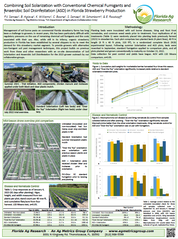 Click Image to Download Click Image to Download F.V. Sances (1), B. Aglave (1), K. Williams (1), C. Boone (1), S. Sances (2), W. Schonborn (3), & E. Rosskopf (3) (1) Florida Ag Research, (2) Ag Metrics Group, (3) US Department of Agriculture (Collaboration Only) Introduction Management of soil borne pests on commercial Florida strawberry farms has long been a challenge to growers. In recent years, this has been particularly difficult with regulatory pressures on the use of remaining chemical soil fumigants and the costs associated with their use. Also, while still in its infancy, organic strawberry production in Florida has been established by several shippers to try to meet the demand for this strawberry market segment. To provide growers with alternative non-fumigant soil pest management techniques, this project builds on previous work from these and other researchers with an on-site demonstration of Soil Solarization and Anaerobic Soil Disinfestation for the 2023 grower outreach by our collaborative groups. Methodology
Planting beds were inoculated with soil borne diseases, Sting and Root Knot nematodes, and common weed seeds prior to treatment. Four replications of six treatments (Table 1) were randomly placed into planting beds previously farmed (2021) in strawberries. Each plot comprises two planted beds (4 plant lines), 40 ft in length (8 ft x 40 ft plots, 320 ft²), in a randomized complete block (RCB) experimental layout. Following summer Solarization and ASD plots, beds were reworked in September, standard fumigation applied to comparison plots, and all plots planted and grown conventionally to maturity on October 15, 2022. Data collection for pest control and yields have begun. AOV with LSD Means comparison, α=0.05. Frank Sances will be attending the 2022 MBAO: Fumigation and Alternatives for Production, Storage and Trade Conference in Orlando. Come find out about our "Efficacy of Solarization and Anaerobic Soil Disinfestation" study. Email us to have a meet-up or a pre- or post-conference tour of our Florida Station, less than 2 hours from Orlando. #anaerobicdisinfestation #strawberry #MBAO #Methylbromide #FloridaAg #FloridaAgResearch [email protected]
Florida Ag Research presented a “Proof of Concept” field demonstration intended to evaluate the suitability of using solar radiation to enhance soil borne pest control with Conventional Fumigants and Anaerobic Soil Disinfestation in commercial Florida strawberry production. Potential benefits of the system include: a) Solarization and ASD are approved organic soil pest control options b) Solarization with conventional soil borne pest control inputs may allow reduction in chemical usage c) ASD is a potential waste recycling system The project, which began in June of 2021, was published by Florida Ag Research/Ag Metrics Group scientists and growers: Frank Sances, Balaji Aglave, Mark Keeley, Kaleb Williams, and Charlie Boone. The Solarization Project was presented by Ag Metrics Group’s Mark Keeley (formerly a Station Manager of Florida Ag Research). “It was great to come back out and present this exciting work to growers and researchers since the ‘Field Day’ was cancelled last January,” said Keeley, “And a great opportunity to introduce Mariano [Galla], the new Florida Ag Research Station Manager, to the Florida strawberry grower community.” 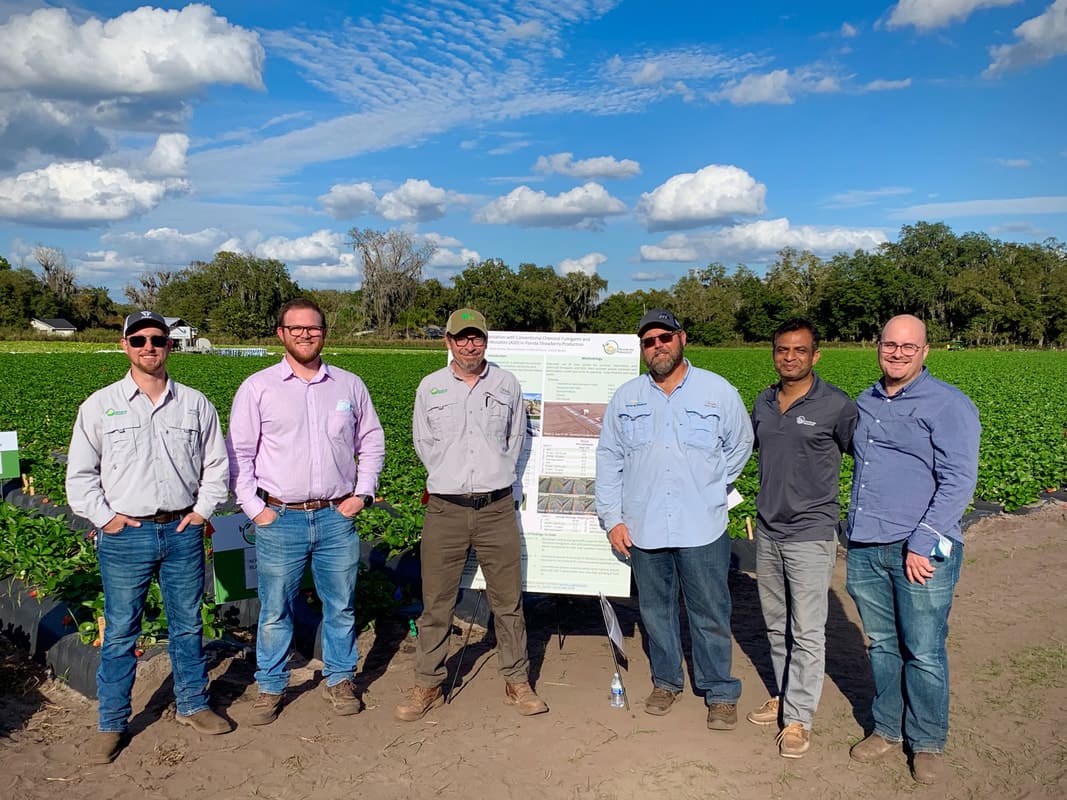 L to R: Florida Ag Research / Ag Metrics Group Project Team: Kaleb Williams - Field Operations, Mark Keeley - Special Projects, Brad Booker - Pacific Ag Research Station Manager (former Florida Ag Research Station Manager), Charlie Boone - Assistant Station Manager, Balaji Aglave - Nematology / Plant Pathology, Mariano Galla - Station Manager Introduction This "Proof of Concept" field demonstration is intended to evaluate the suitability of using solar radiation to enhance soil borne pest control with Conventional Fumigants and Anaerobic Soil Disinfestation in commercial Florida strawberry production. Potential benefits: a) Solarization and ASD are approved organic soil pest control options b) Solarization with conventional soil borne pest control inputs may allow reduction in chemical usage c) ASD is a potential waste recycling system Methodology Alternate use of clear plastic for summer solarization with chemical fumigants and ASD, then summer plastic replaced with black plastic mulch just prior to planting. Crop finished with black mulch. Summary of Findings To-Date
|
Archives
April 2024
Categories
All
|

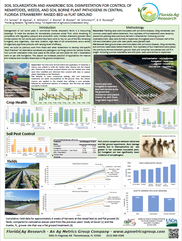
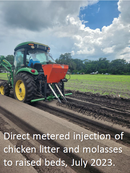

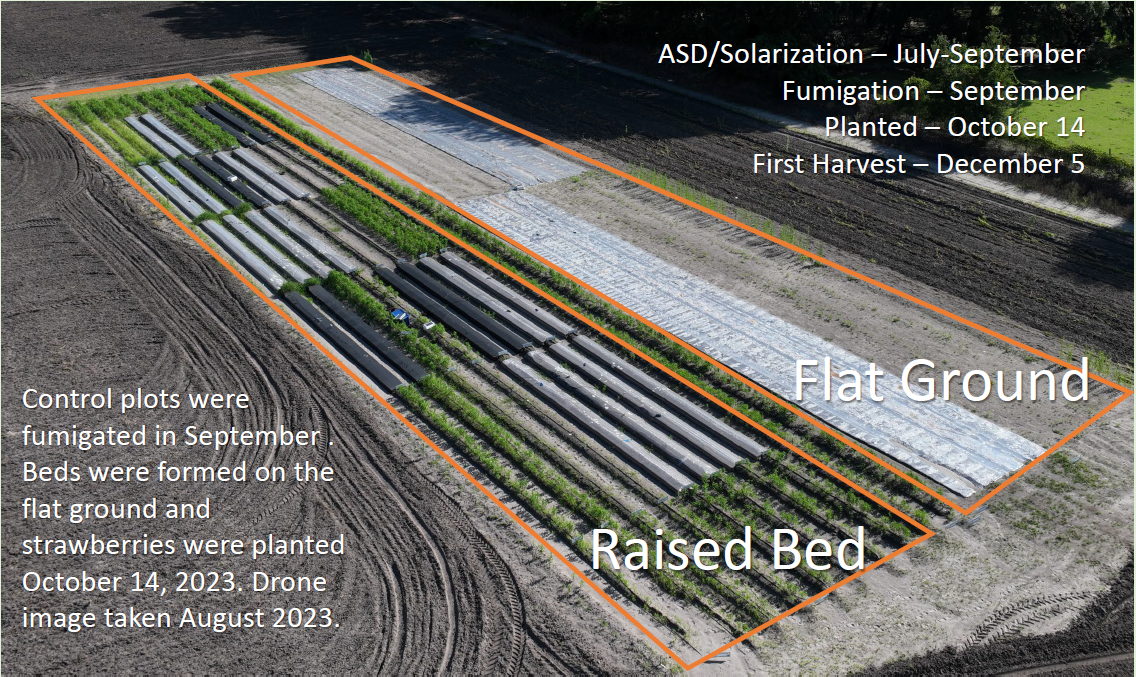
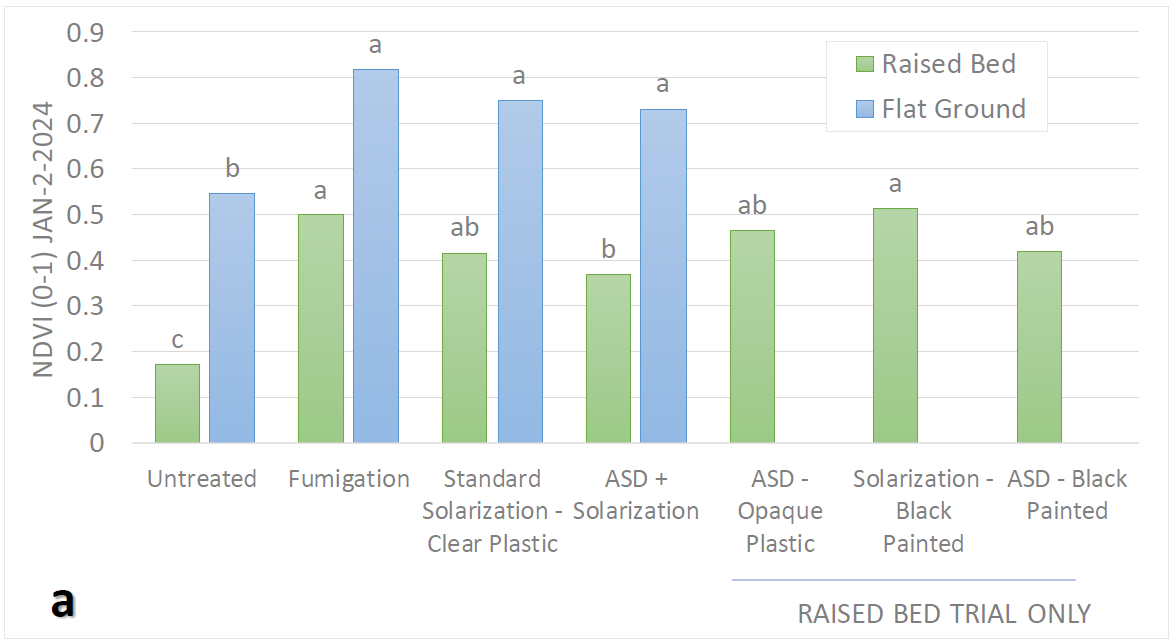

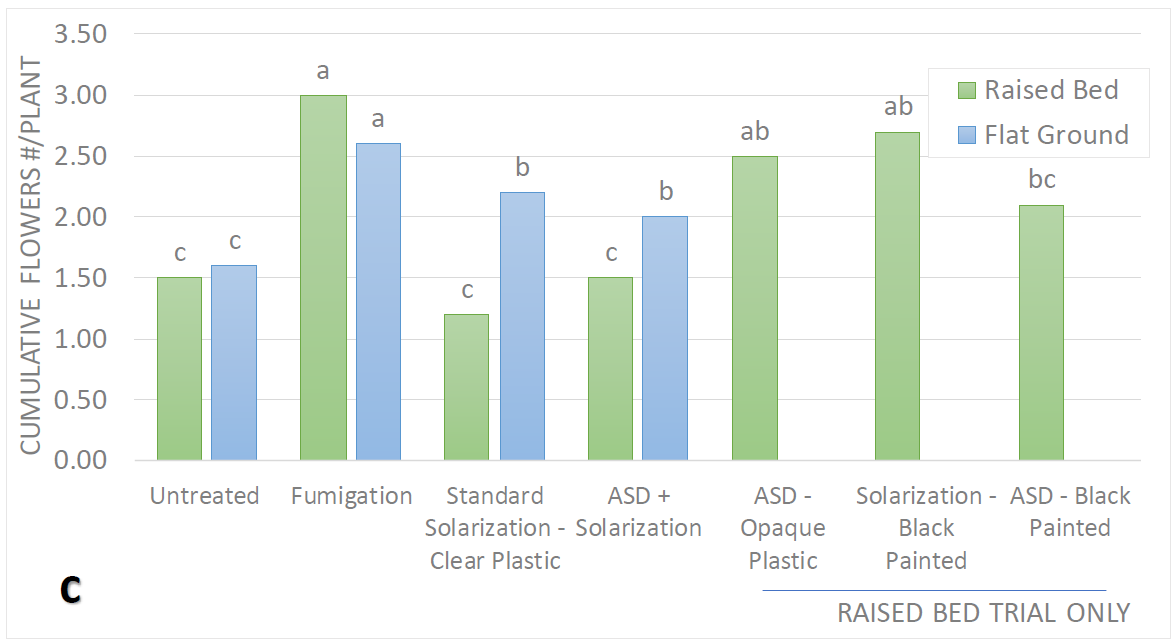
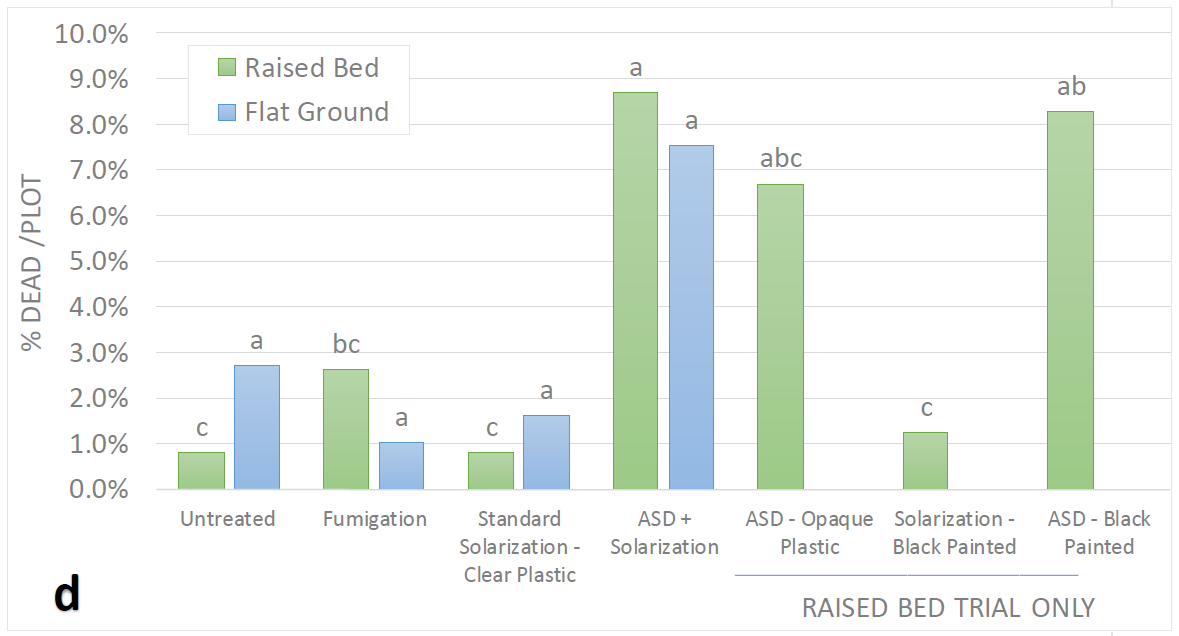
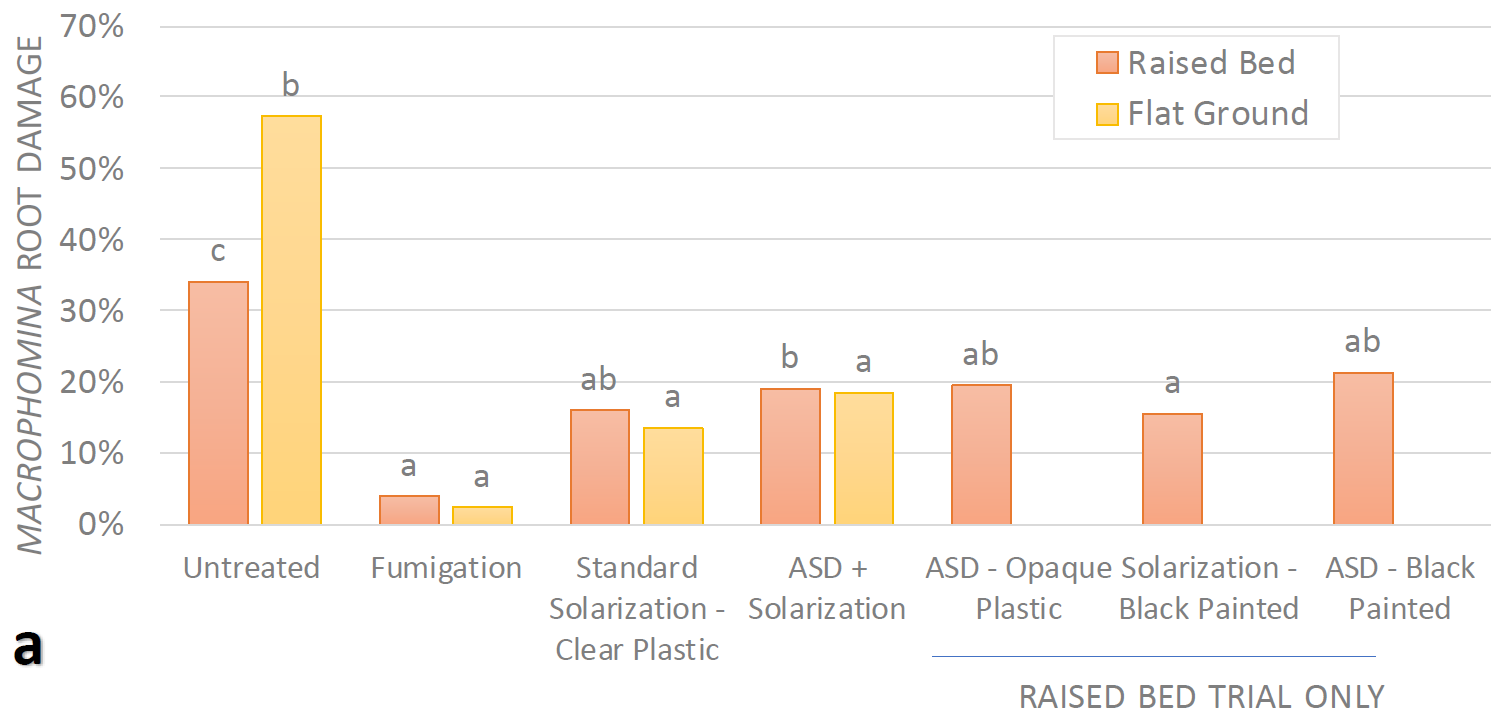
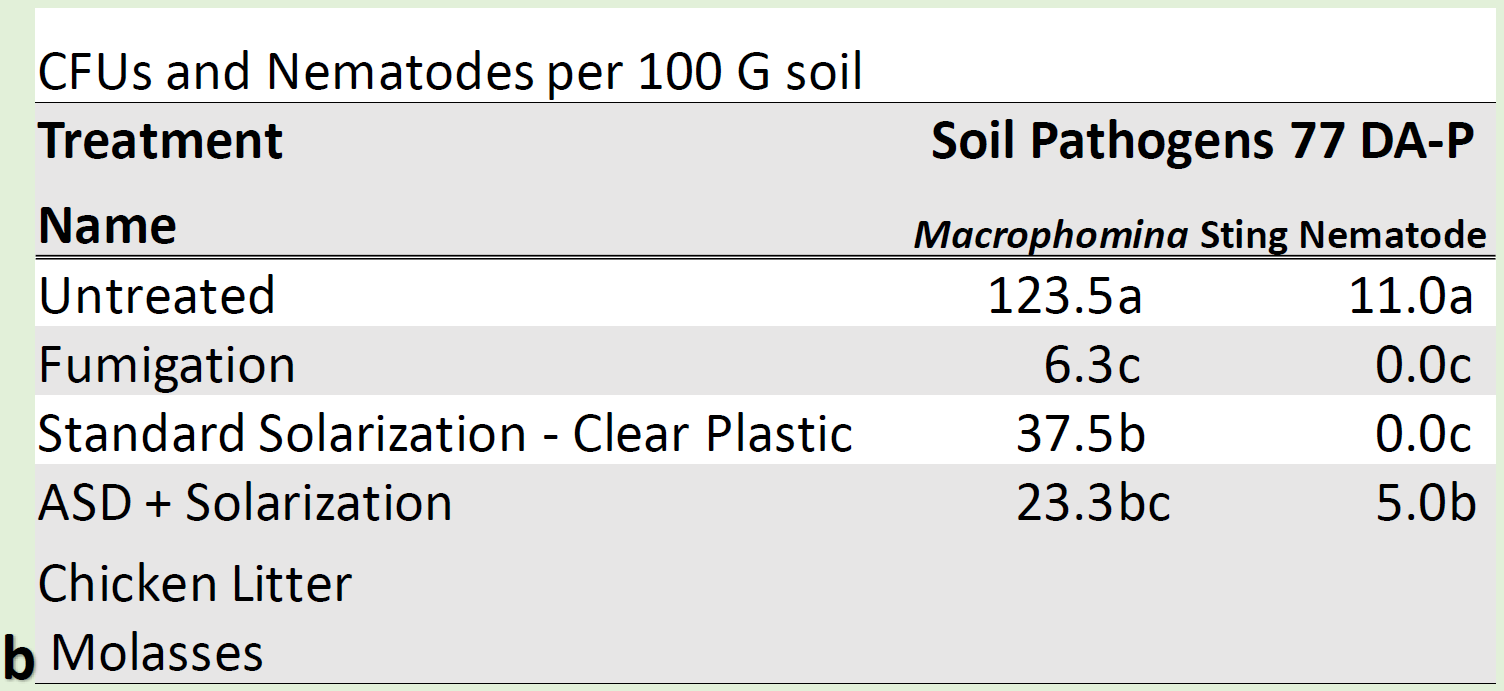
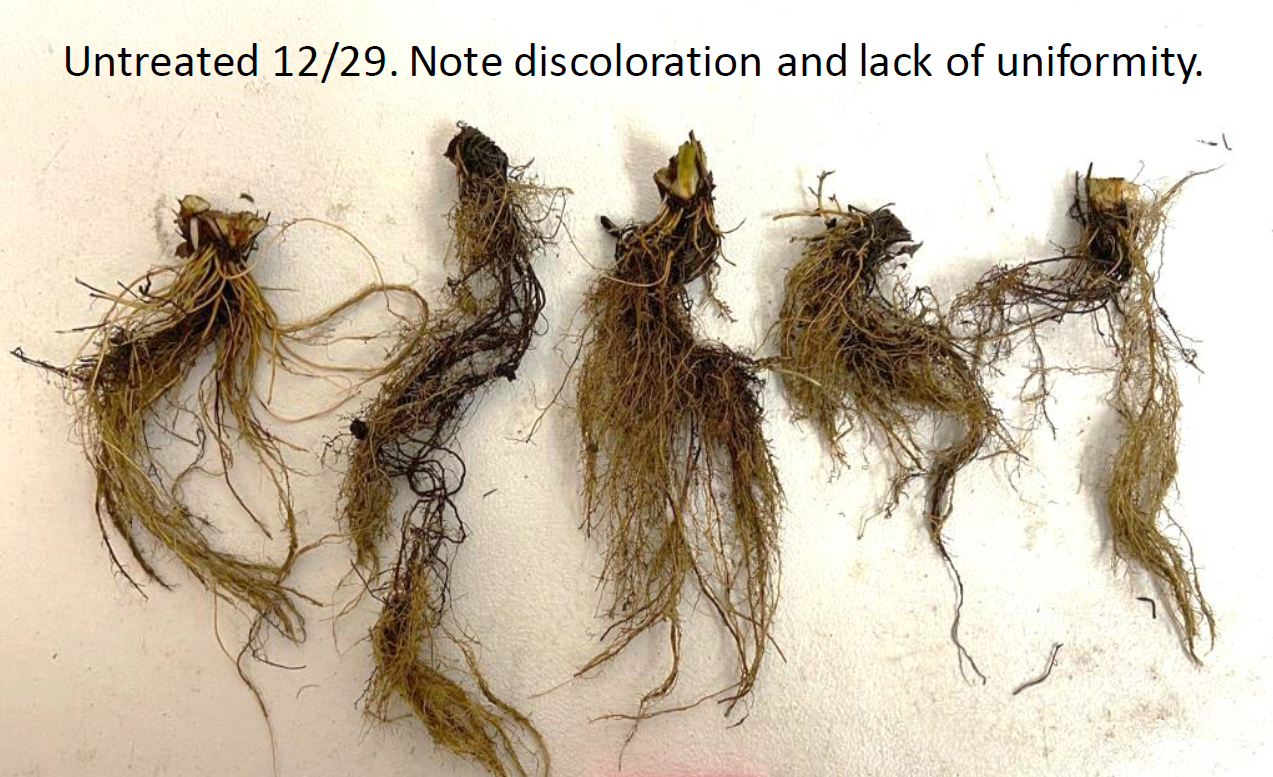
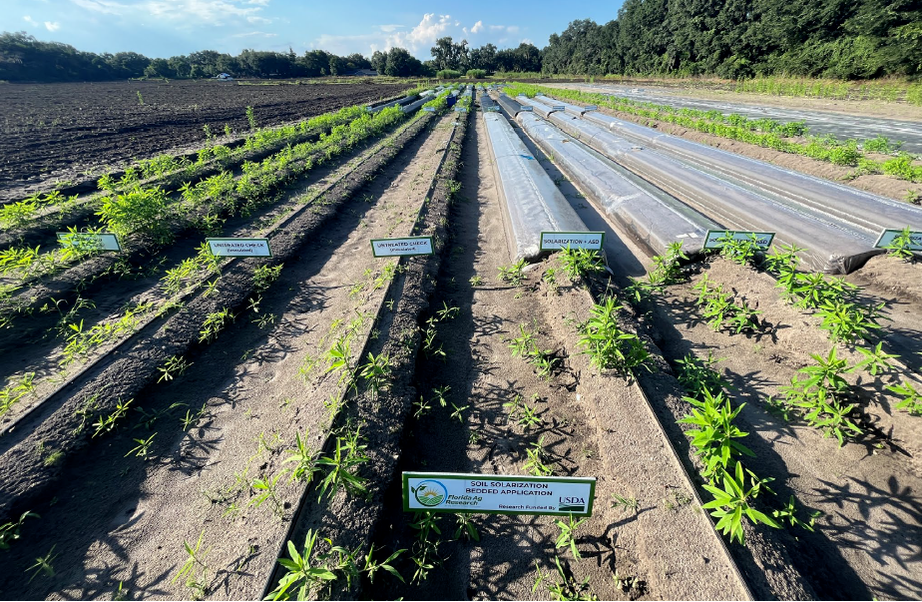
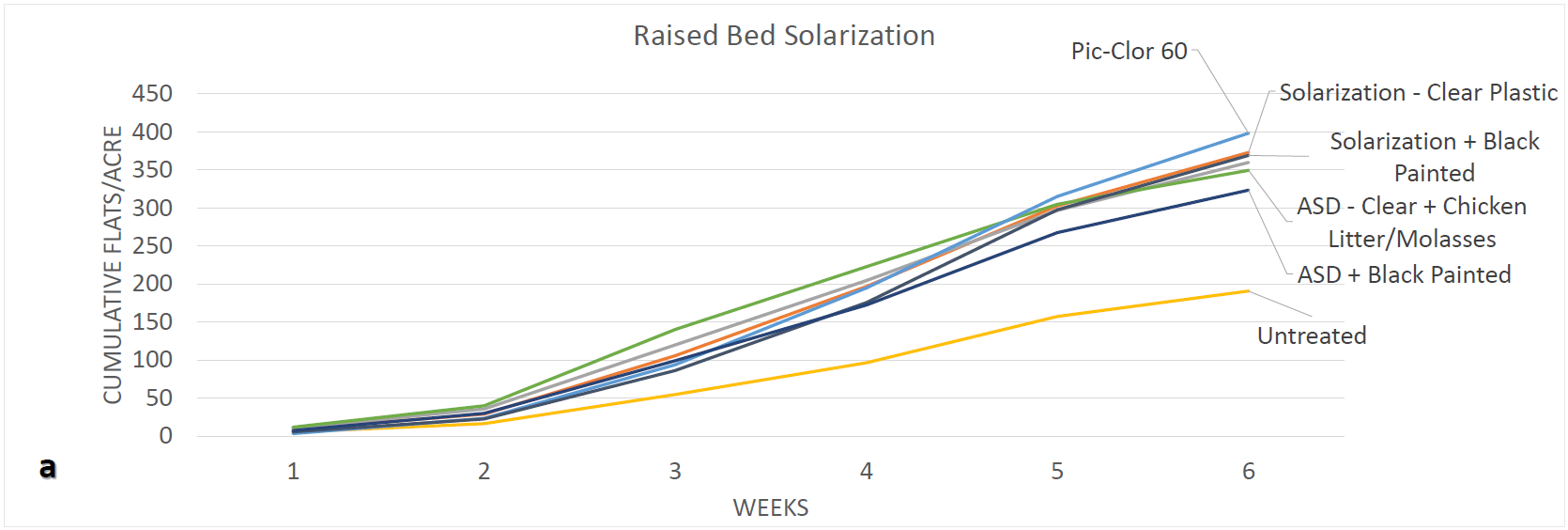
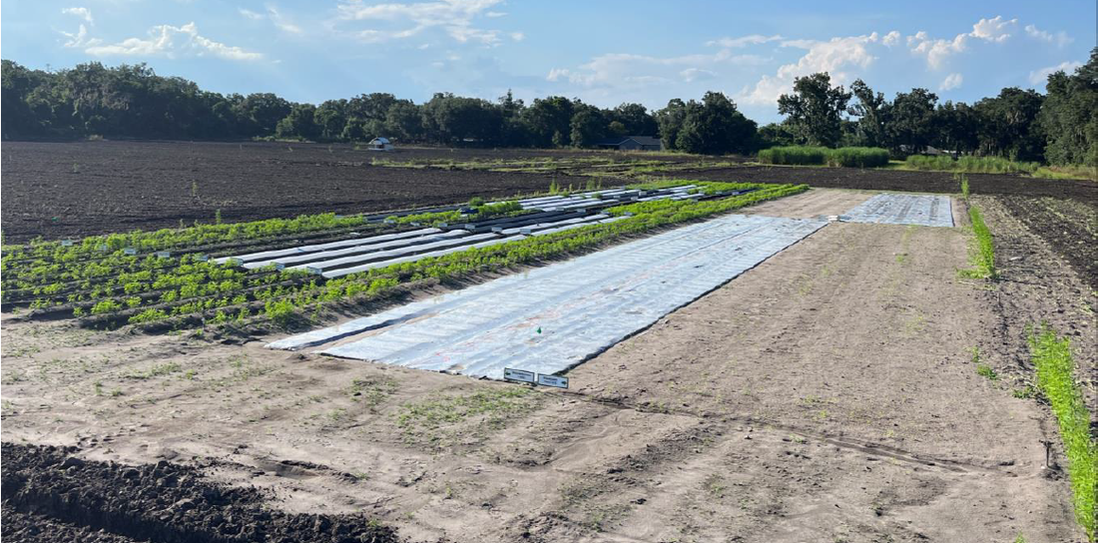

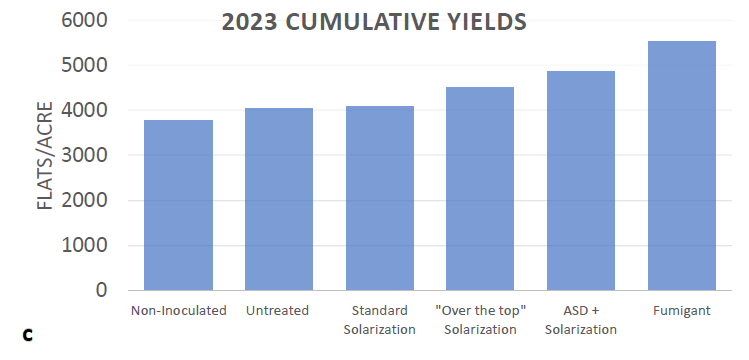
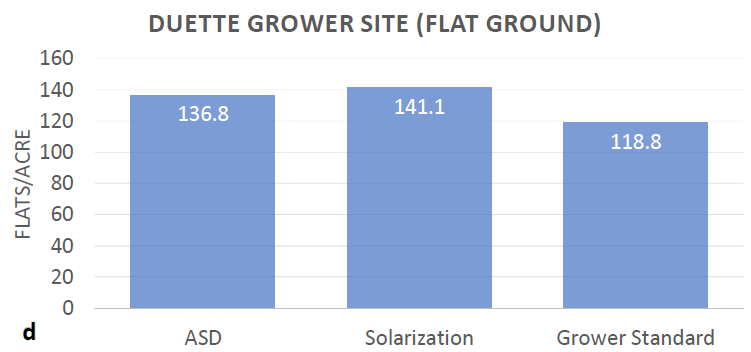
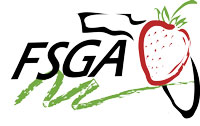

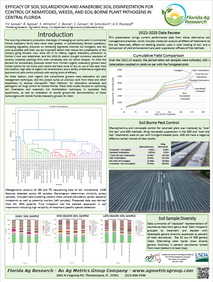
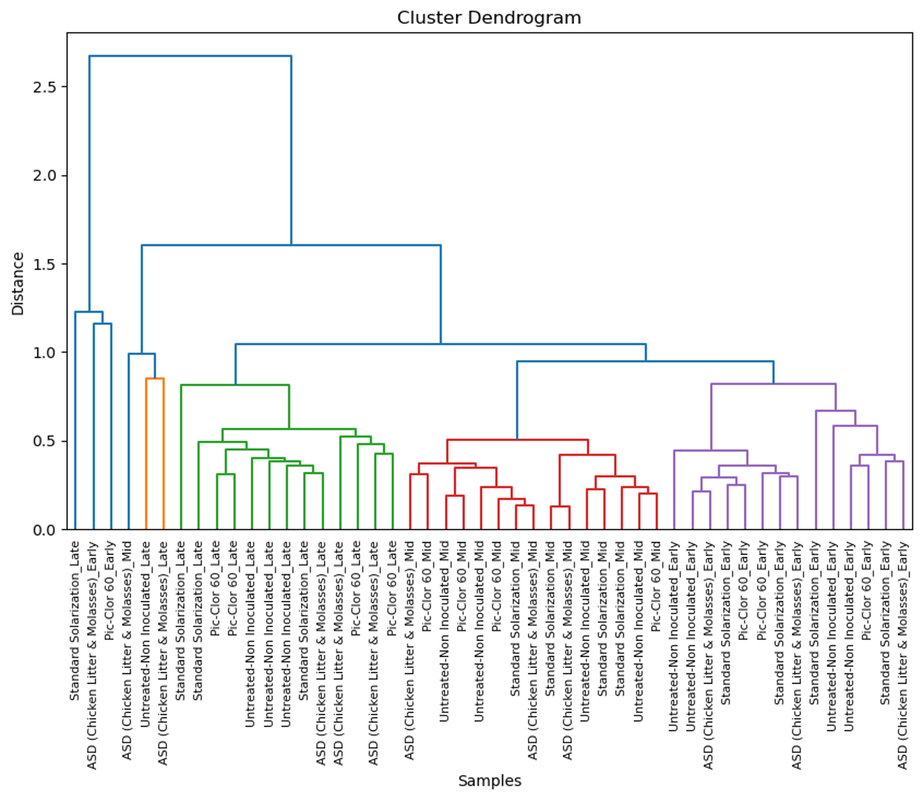
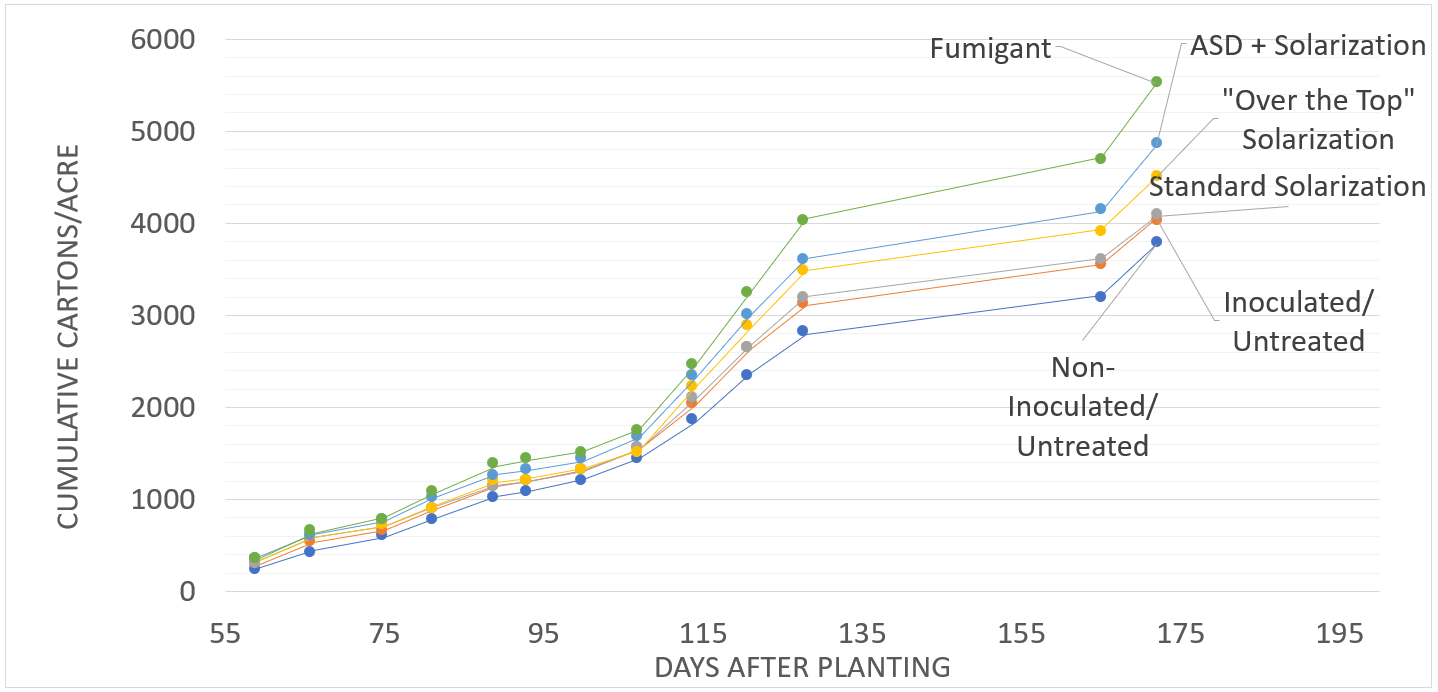

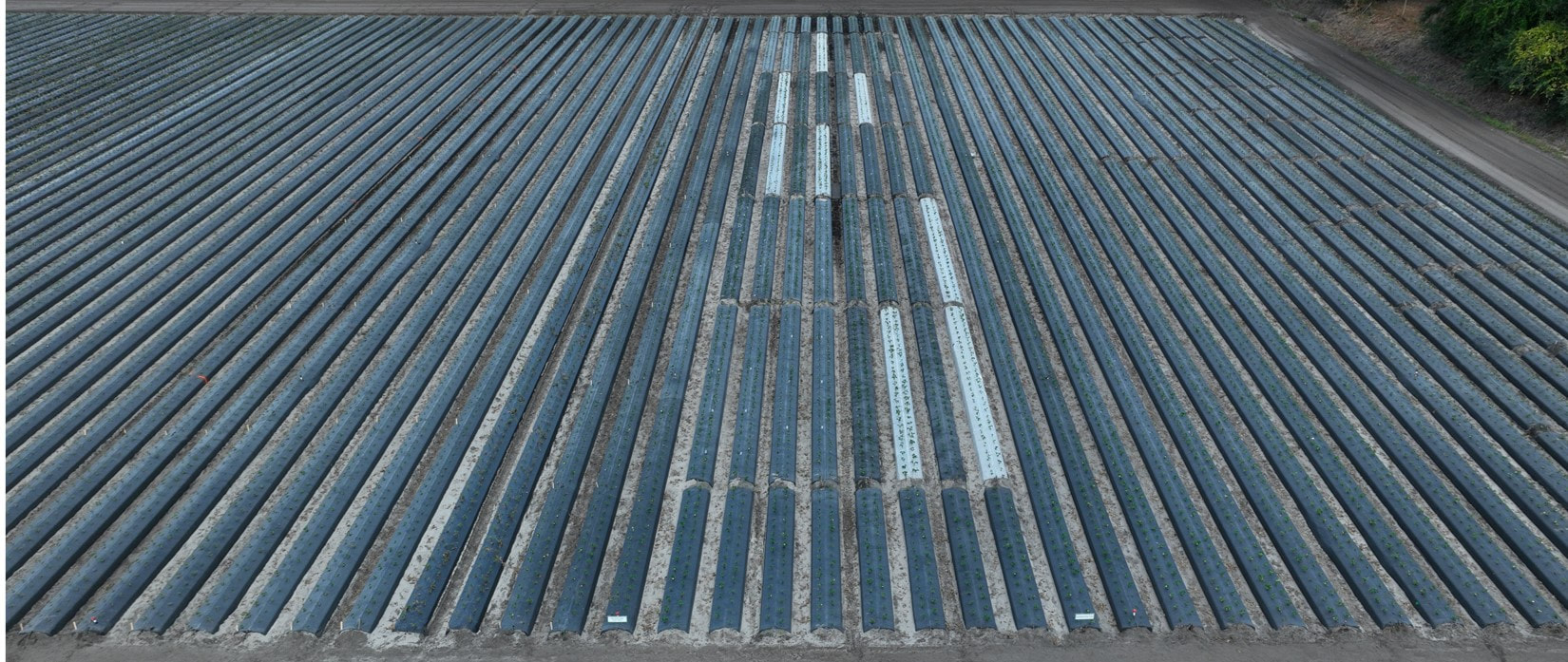
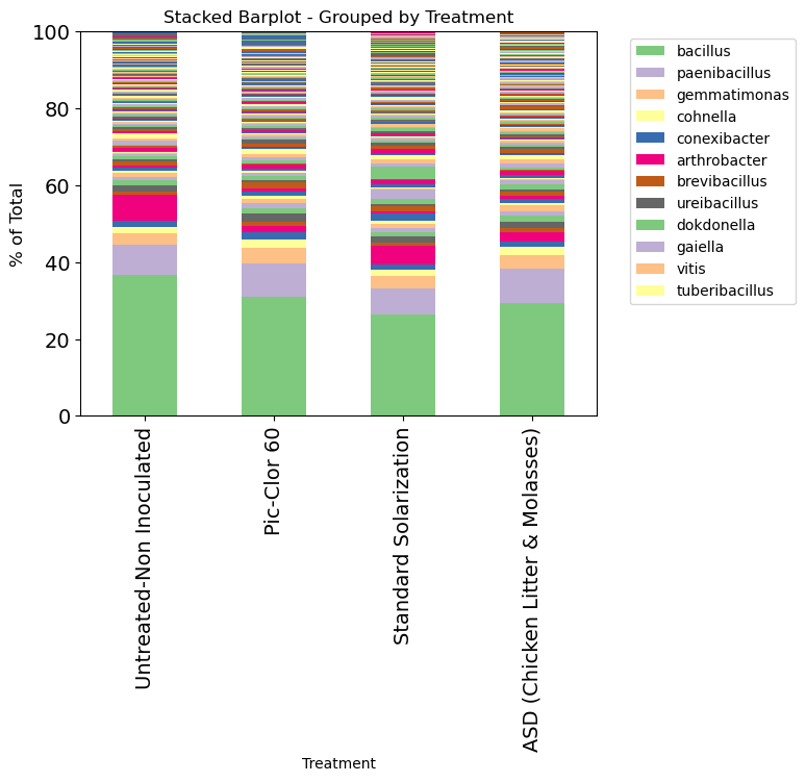
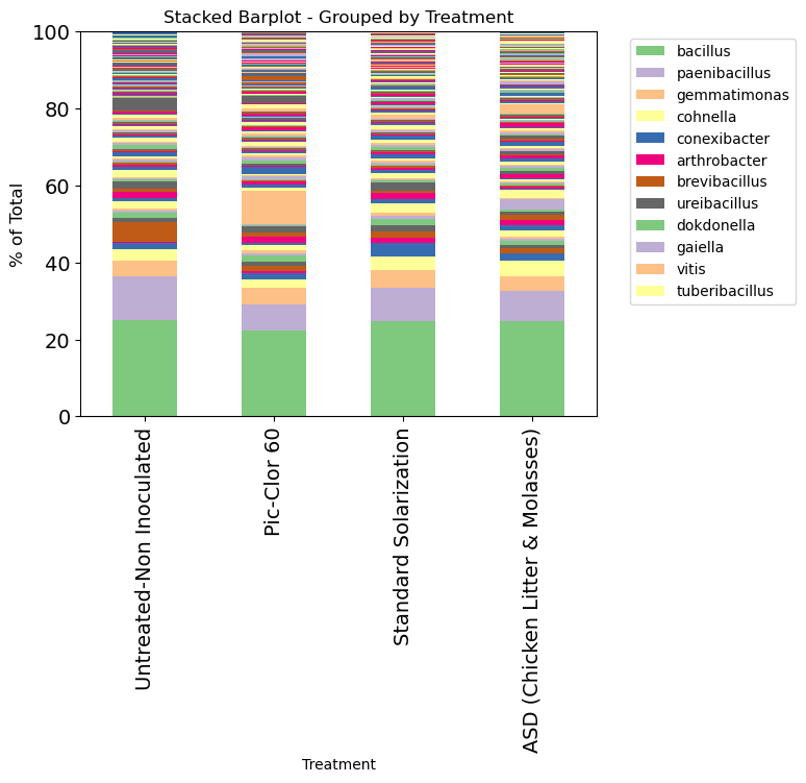
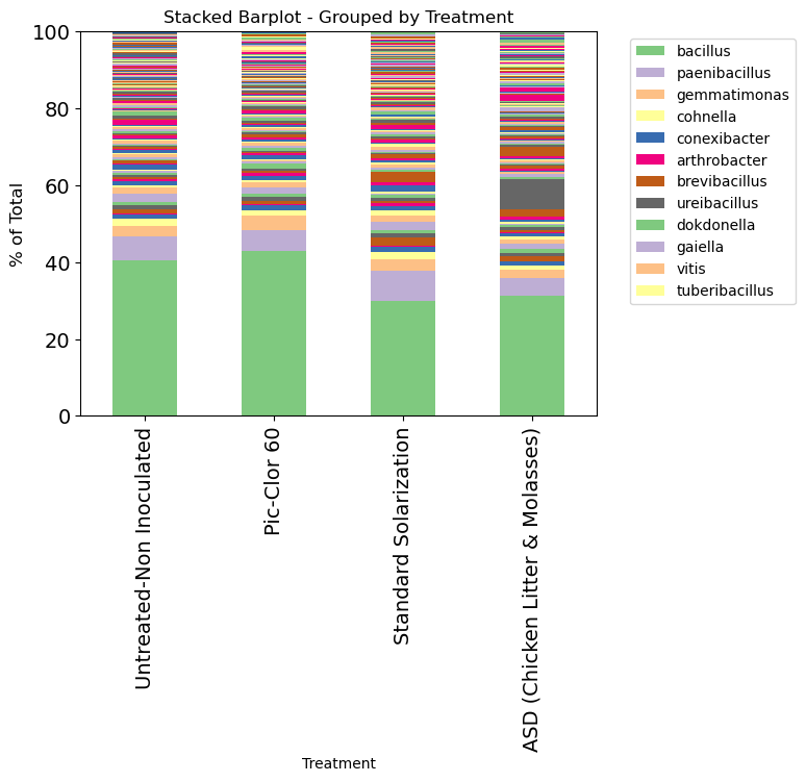


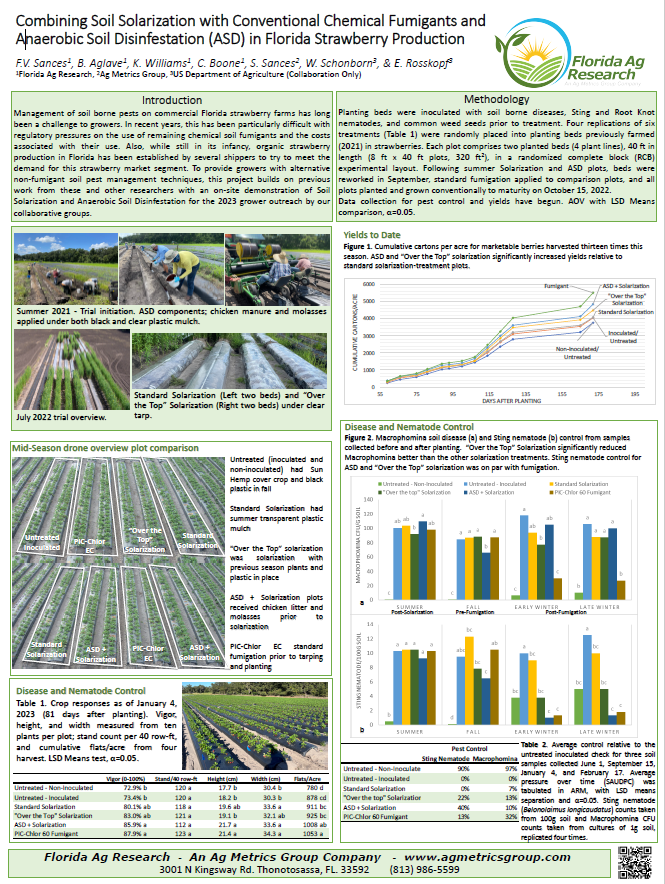
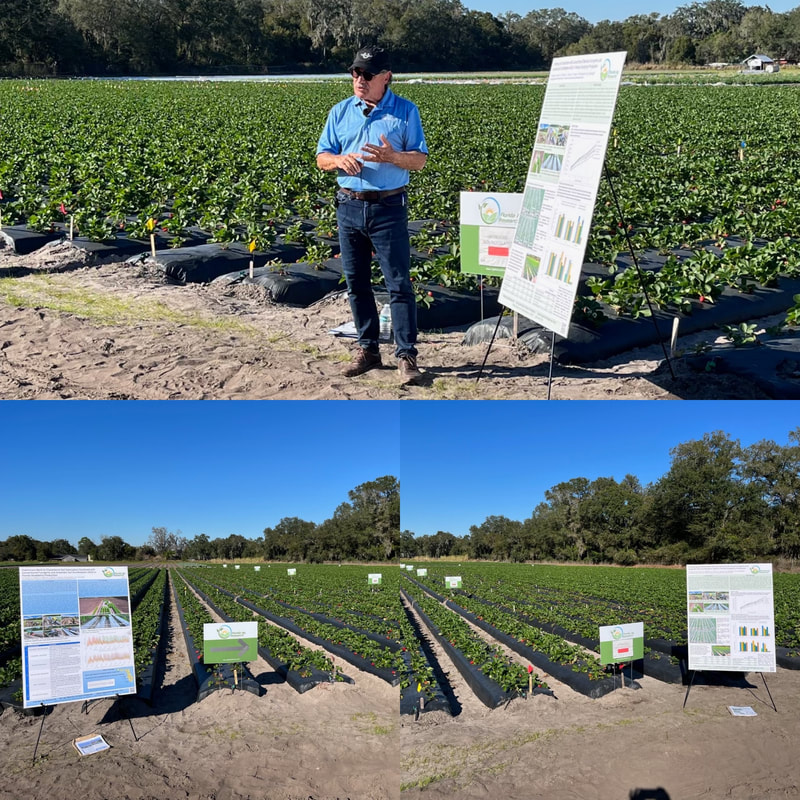

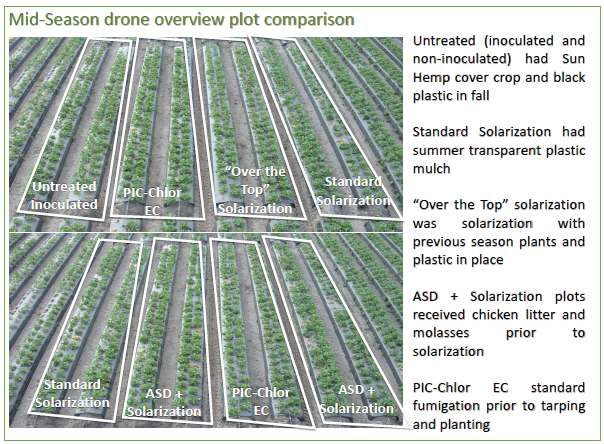

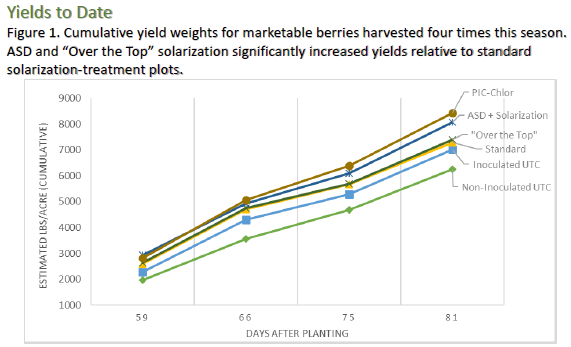
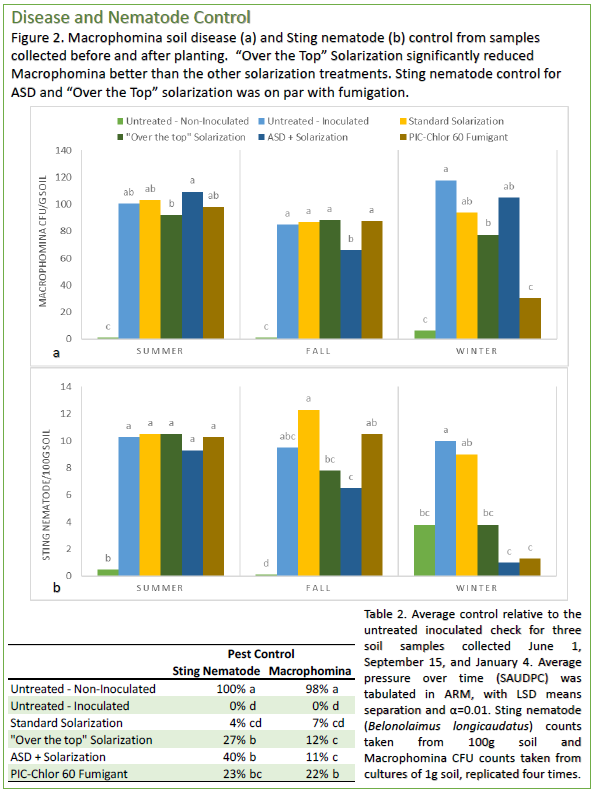
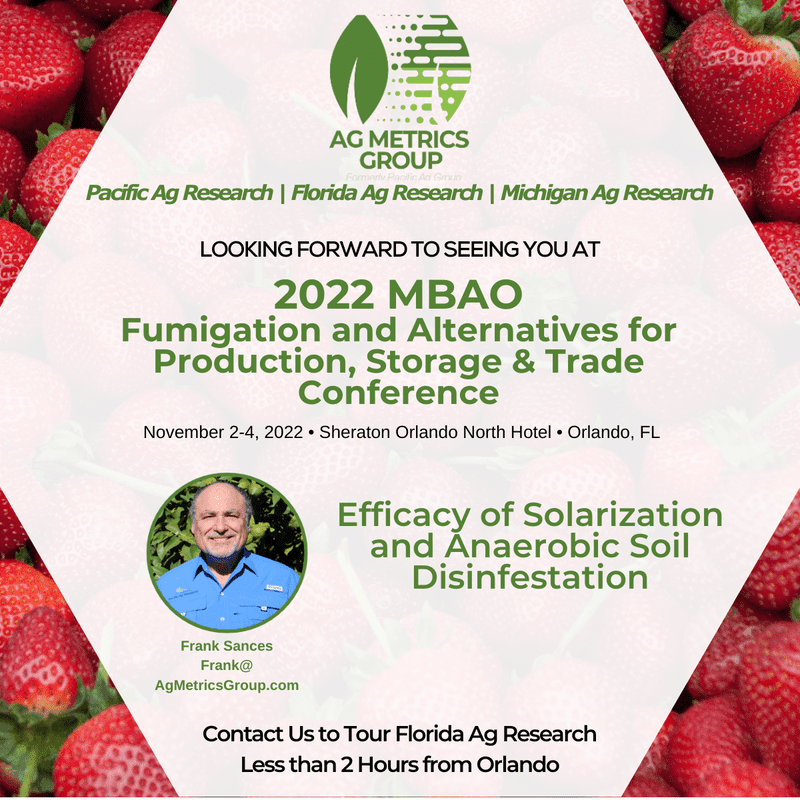
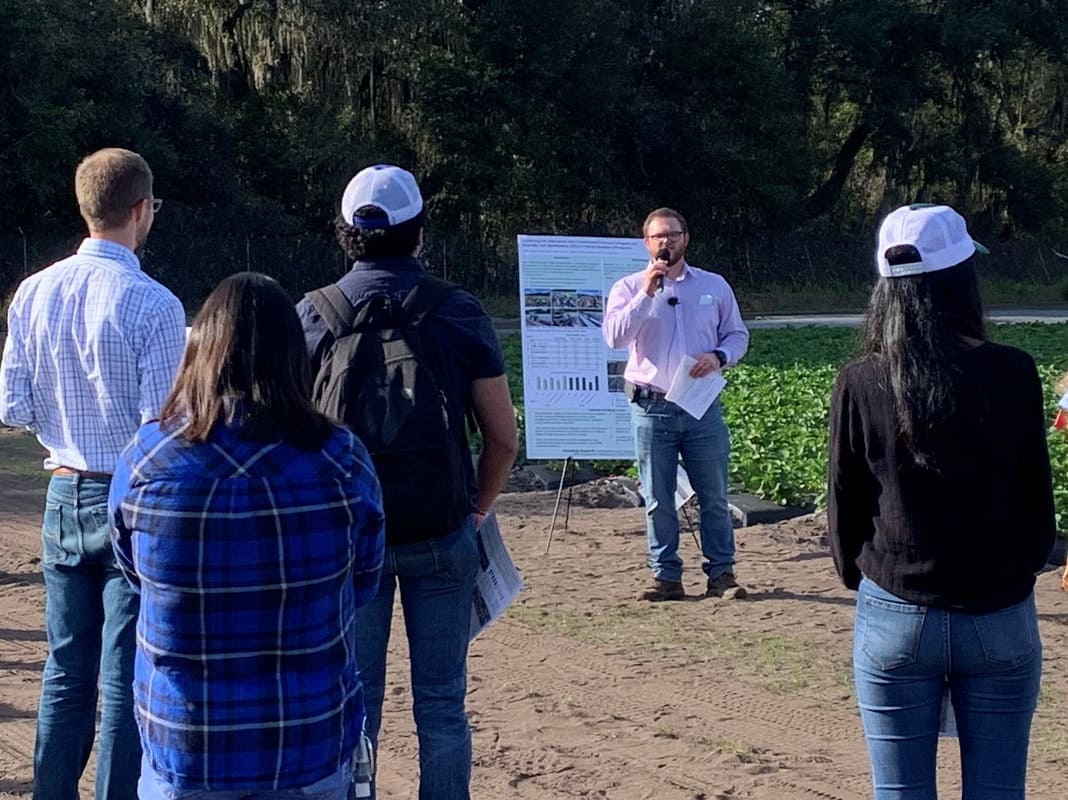
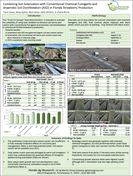



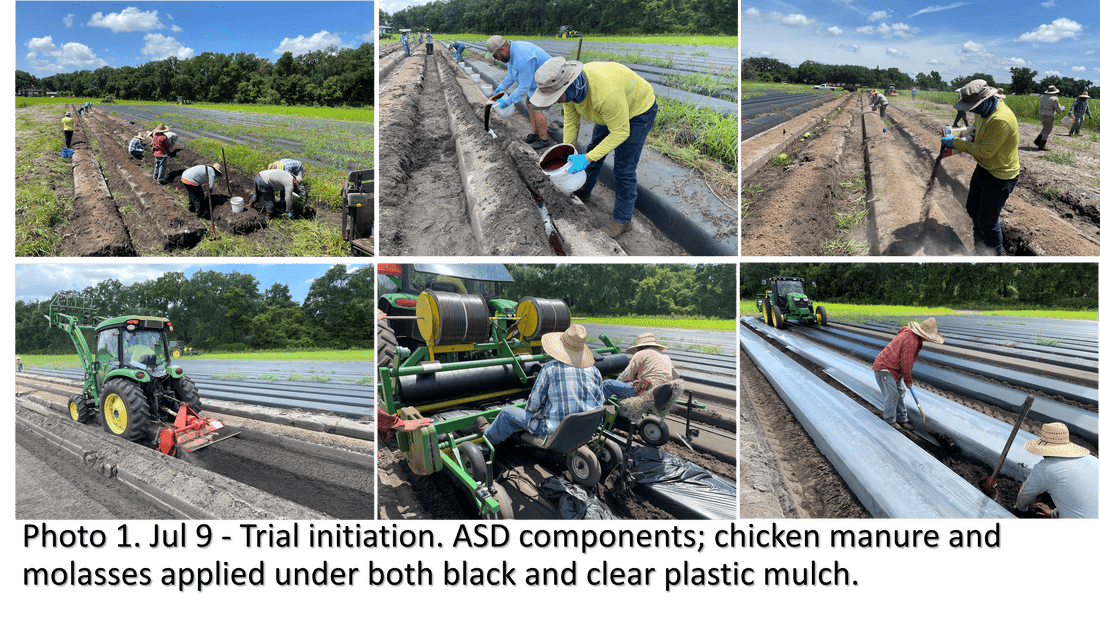
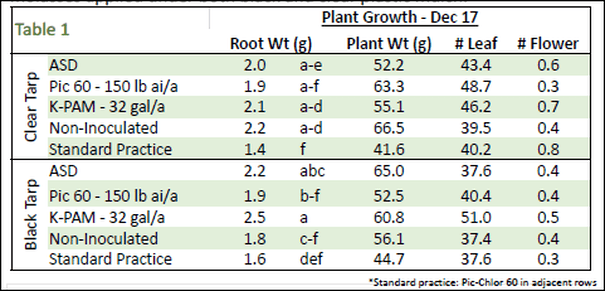
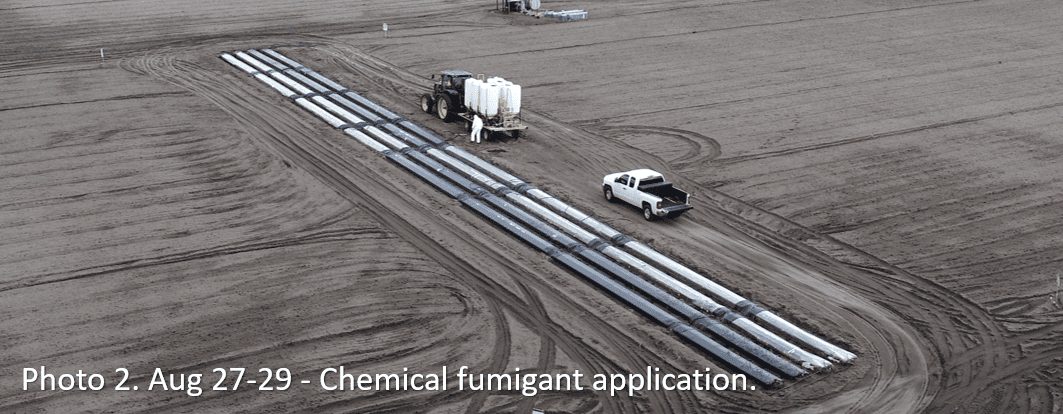
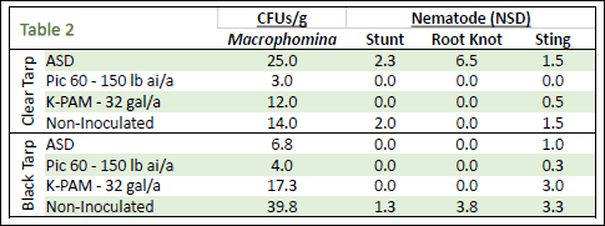
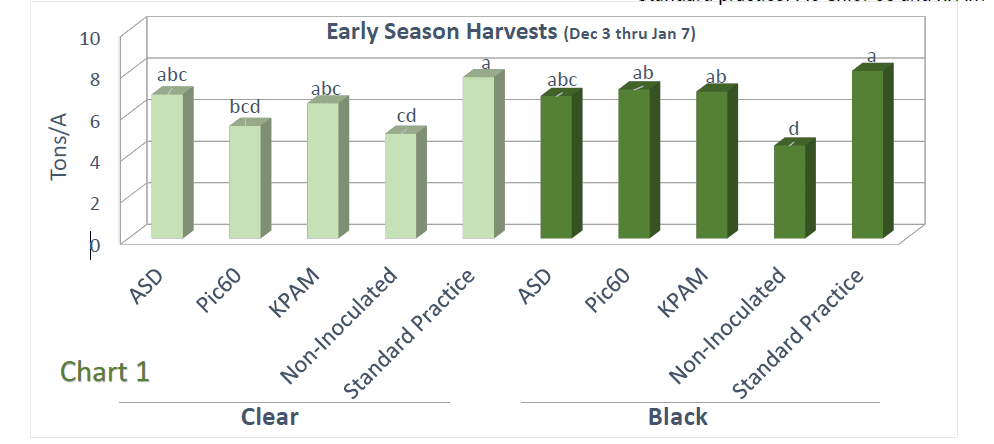
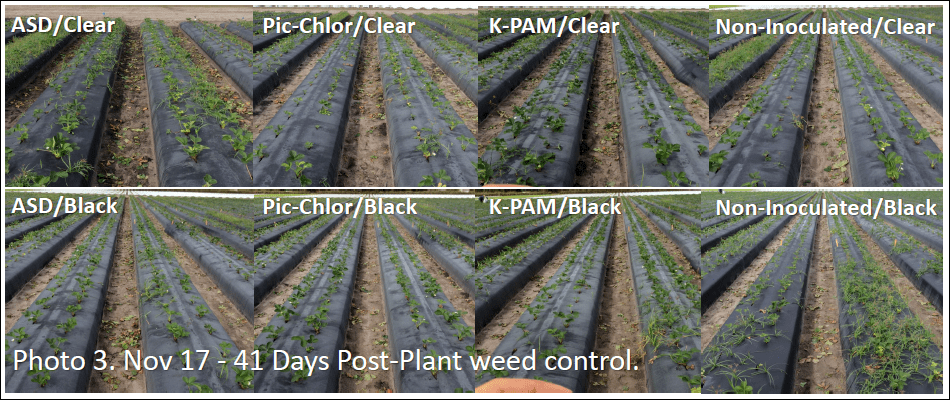

 RSS Feed
RSS Feed
